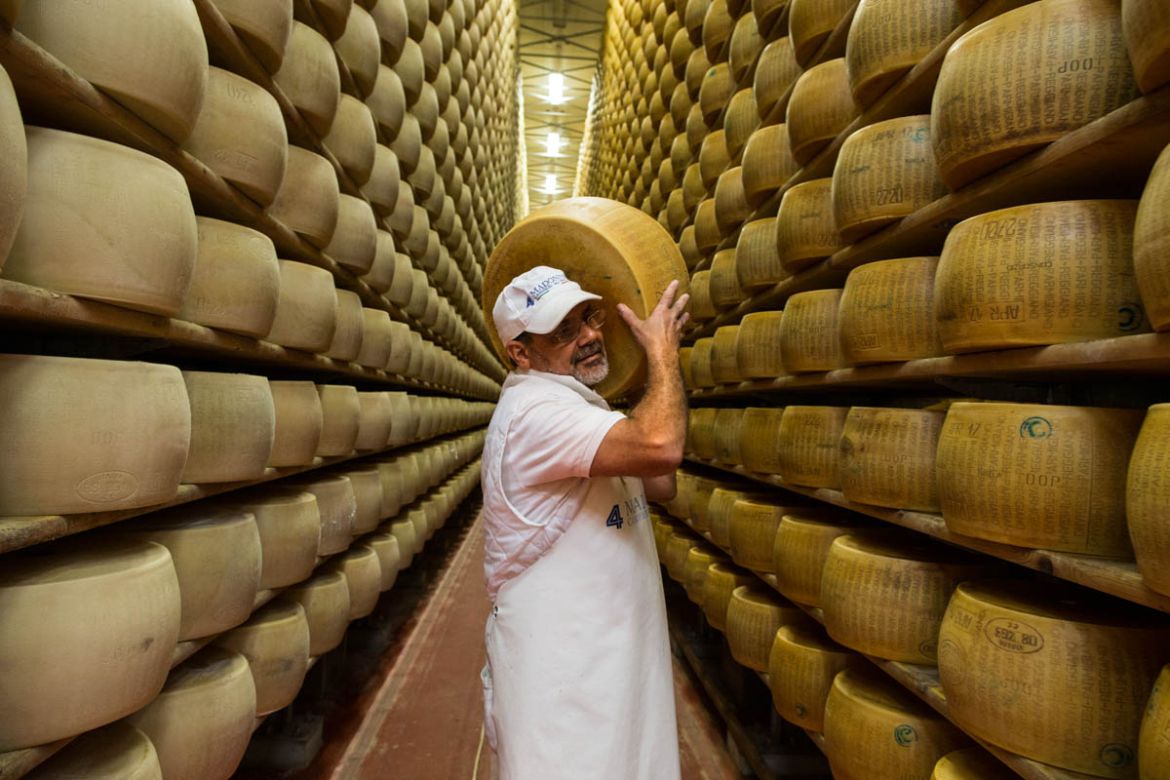Leading Cheese Makers in Melbourne: The Story of Floridia Cheese Thomastown
Leading Cheese Makers in Melbourne: The Story of Floridia Cheese Thomastown
Blog Article
Unlocking the Tricks of Artisanal Cheese Making: A Detailed DIY Guide
In the world of cooking craftsmanship, artisanal cheese making stands as a testament to the delicate balance between tradition and development. As we embark on this journey to demystify the art of creating splendid cheeses, we are faced with a tapestry of skills and secrets waiting to be unraveled.
Picking the Right Milk
When getting started on the journey of artisanal cheese making, the choice of milk plays a vital role in determining the top quality and attributes of the final item. The type of milk picked impacts the taste, structure, and overall account of the cheese.
Additionally, the source of the milk, whether from cows, goats, lamb, or buffalo, adds distinct flavors and attributes to the cheese. Each kind of milk brings its very own subtleties, enabling for a large variety of cheese varieties to be crafted based on the chosen milk.
Culturing and Coagulating
To initiate the cheese-making process, the crucial steps of culturing and coagulating must be meticulously performed to transform milk into curds and whey. Culturing involves introducing useful microorganisms to the milk, which after that starts the fermentation procedure. These germs transform lactose (milk sugar) into lactic acid, producing the acidic atmosphere required for coagulation. The type of culture used can considerably impact the flavor, texture, and ripening of the last cheese item.

The timing and temperature control throughout culturing and coagulation are vital elements that affect the final end result of the cheese. Proper implementation of these steps is vital to ensure the wanted texture, taste, and consistency of the artisanal cheese being generated.
Draining and Pushing Curds
After the milk proteins have coagulated and the curds have been cut to launch whey, the next critical action in artisanal cheese making entails draining and pushing the curds to achieve the preferred texture and consistency of the last cheese product. Draining pipes is the procedure of separating the curds from the whey. This can be done by moving the curds into a cheesecloth-lined colander or mold and permitting the whey to drain off naturally. The moment for draining can vary relying on the kind of cheese being made and the preferred dampness material.
When the curds have actually sufficiently drained, the next step is pushing. Pushing aids expel any staying whey and compacts the curds to create a strong cheese wheel. Pushing can be done using specialized cheese presses that apply gentle and constant pressure over a period of time. The period and stress used throughout pushing will certainly affect the last appearance of celebrity, from luscious and soft to tough and company. Correct draining pipes and pushing are crucial steps that significantly impact the quality and qualities of the artisanal cheese being produced.
Aging and Flavor Strategies
Carrying click for info out meticulous aging and flavor strategies is critical in boosting the depth and complexity of artisanal cheeses, boosting their taste profiles to elegant degrees of improvement and elegance. Aging plays a critical role in establishing the one-of-a-kind flavors and structures that identify artisanal cheeses.
Flavoring methods additionally contribute considerably to the last preference of artisanal cheeses. Cheesemakers might choose to introduce extra tastes by including active ingredients such as natural herbs, flavors, or also fruits right into celebrity during the production process. Furthermore, some cheeses are cleaned or rubbed with various liquids, such as brine or alcohol, to improve their tastes and appearances.
Covering and Saving Cheeses

Conclusion
In verdict, mastering the art of artisanal cheese making entails thoroughly picking the right milk, complying with precise culturing and coagulating processes, draining pipes and pushing curds efficiently, and using numerous aging and flavoring methods. By adhering to these steps carefully and with focus to detail, you can create your own scrumptious and unique cheeses at home. Keep in mind to cover and visit this site right here save your cheeses properly to make sure optimum taste and appearance development. Pleased cheese making!
Each type of milk brings its own nuances, allowing for a broad variety of cheese ranges to be crafted based on the chosen milk.After the milk proteins have coagulated and the curds have been reduced to launch whey, the following vital action in artisanal cheese making includes draining and pressing the curds to achieve the desired appearance like this and uniformity of the last cheese product. Many cheeses ought to be wrapped in wax paper or cheese paper to permit them to take a breath while securing them from drying out. For cheeses that need to proceed aging, such as bloomy skins or washed rinds, ensure they are saved in a cool setting like a cheese cave or a fridge established to the proper temperature level. By paying focus to the wrapping and storage of artisanal cheeses, cheese manufacturers and lovers can preserve the integrity of these specials and fully enjoy their complex flavors.
Report this page